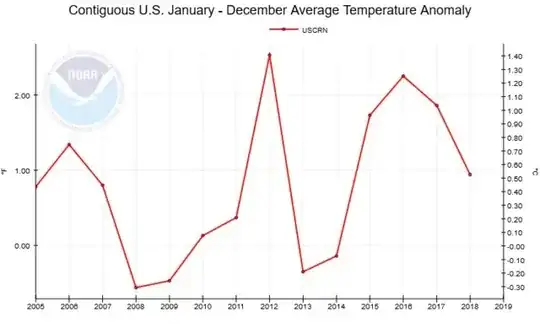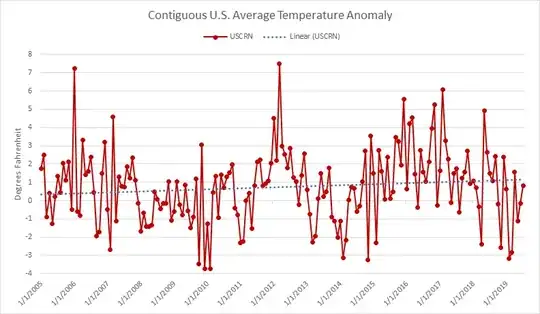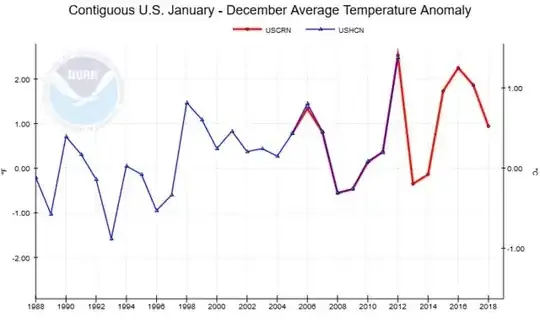I believe most are aware of the difficulties on surface based temperatures. Gaps in thermometer placement and reliance on extrapolation, placement near HVAC unit, cities and other heat sources or sinks, data manipulation and the like.
In a very recent article, Real Clear Energy tells us about a new development:
In January 2005, NOAA began recording temperatures at its newly built U.S. Climate Reference Network (USCRN). USCRN includes 114 pristinely maintained temperature stations spaced relatively uniformly across the lower 48 states. NOAA selected locations that were far away from urban and land-development impacts that might artificially taint temperature readings.
Prior to the USCRN going online, alarmists and skeptics sparred over the accuracy of reported temperature data. With most preexisting temperature stations located in or near urban settings that are subject to false temperature signals and create their own microclimates that change over time, government officials performed many often-controversial adjustments to the raw temperature data. Skeptics of an asserted climate crisis pointed out that most of the reported warming in the United States was non-existent in the raw temperature data, but was added to the record by government officials.
So 12 years out some preliminary results are coming in.
Strikingly, as shown in the graph below, USCRN temperature stations show no warming since 2005 when the network went online. If anything, U.S. temperatures are now slightly cooler than they were 14 years ago.
Is it true that this more accurate measuring system concludes there has been no warming in the US over the last decade?



